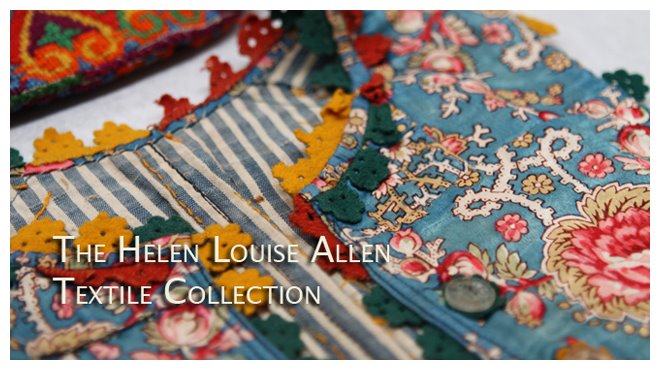
HLATC 1991.22.8
How does one store a feather hat? In this case, the hat, HLATC 1991.22.8, is a 1950s hat from milliner and fashion designer Hattie Carnegie. The feathered brim makes storing the hat especially problematic.
This hat is often chosen by our 3D patternmaking class for analysis of its form and construction. Considering its relatively frequent handling, we wanted to create a storage method that would allow us to pull the hat from its storage cabinet and display it, all without having to actually touch the piece. We museum people love that sort of thing.
Tara Genske was up for this challenge and the hat become her project. Instead of ordering a custom sized box for this piece, she worked a little magic on an existing one. Since the box needed to be extra deep, Tara extended the height of the sides with pieces of archival board.

The next obstacle was what the hat would sit on. It needed to be elevated high enough to keep the feathers from touching anything, but not so high that it was unstable. Using muslin and blocks of ethafoam Tara constructed a hat stand which was attached to a piece of coroplast board cut to the size of the box bottom.

One layer of coroplast board ended up not being sturdy enough for the weight of the piece, so she used two with a another piece of sturdier board sandwiched in the middle. Tara finished off the coroplast platform by threading loops through each side for handles.

Now when the piece needs to be displayed for a class, we simply use the handles to pull the entire tray out of the box, never having to touch the hat. We imagine all those little feathers are thanking us.




This is a great example of the challenges of museum storage for 3D textile objects. Thanks for taking us through all the steps. It's beautiful! What did Tara use to secure the archival boards together? Were they hot-glued with archival glue? Enjoying your blog so much!
ReplyDeleteNice photos! Very cool to see the step-by-step process.
ReplyDeleteThanks Emily!
ReplyDeleteMeghan-These boards weren't glued together, but in retrospect they would be. Threading the handles through keeps them in line for the most part, but glue would be better. We did use hot glue to adhere the blue board to the inside of the box when creating the extra deep sides (in the 2nd photo) and that worked well.
Thanks for your comments!
Hi Emily! As a needle artist, I am thrilled to see glimpses of these beautiful works of art and I am learning a ton by reading how you preserve everything. I hope you post often and frequently. I've subscribed to your blog and plan to mention you on my blog in my next post! Keep up the great work...p.s. I'm planning a trip to Madison to visit my niece who is graduating this year...but I would like to plan my trip in order to see the maximum number of pieces in your collection...is there a special exhibit coming up that may be worth planning a trip around??
ReplyDeleteThanks for your comment! Unfortunately, being the midst of our move means that we don't have anything available for viewing. We do not have any plans for an exhibit in the very near future, but check out website for any announcements about programs or upcoming exhibits.
ReplyDelete